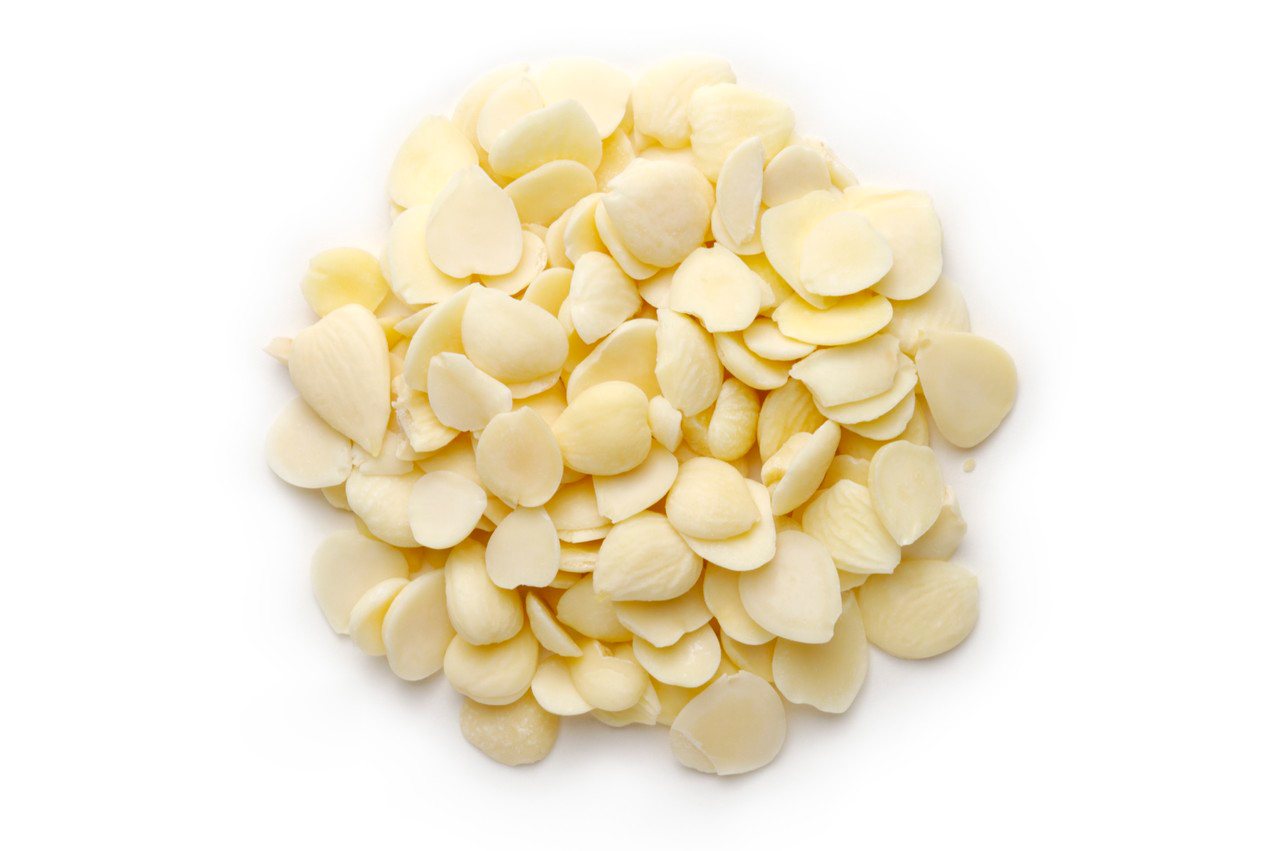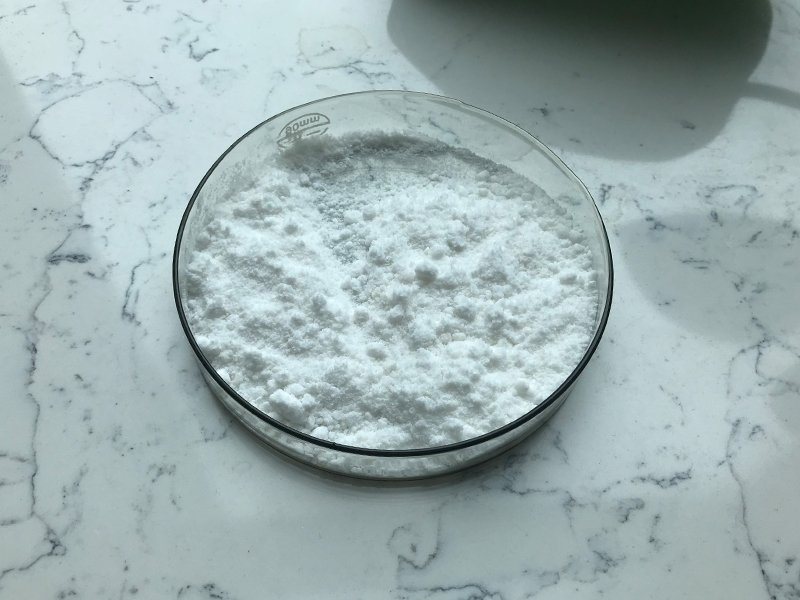Mandelic acid is an alpha hydroxy acid (AHA) derived from bitter almonds, commonly used in skincare products due to its exfoliating and anti-aging properties. Here’s an overview of its effectiveness, side effects, and special considerations:
Effectiveness of Mandelic Acid:
- Gentle Exfoliation: Mandelic acid is known for its larger molecular size compared to other AHAs like glycolic acid. This makes it penetrate the skin more slowly, leading to a gentler exfoliation process. It helps remove dead skin cells, promoting a brighter, more even complexion.
- Treating Acne: Due to its antibacterial properties, mandelic acid can help reduce acne, particularly inflammatory forms like pustules and papules. It also helps regulate sebum production, making it beneficial for oily skin.
- Hyperpigmentation and Dark Spots: Mandelic acid has been shown to reduce hyperpigmentation, including melasma, sunspots, and post-inflammatory hyperpigmentation (PIH). It inhibits tyrosinase, an enzyme responsible for melanin production.
- Anti-Aging: It improves skin texture and reduces fine lines and wrinkles by stimulating collagen production and improving skin turnover.
- Suitable for Sensitive Skin: Due to its gentler action, mandelic acid is often tolerated by those with sensitive skin, rosacea, or darker skin tones (lower risk of post-inflammatory hyperpigmentation compared to stronger acids).

Side Effects of Mandelic Acid:
- Mild Irritation: Like all AHAs, mandelic acid can cause mild skin irritation, including redness, itching, or stinging, especially for first-time users. However, the risk is lower compared to other AHAs like glycolic acid.
- Dryness or Peeling: Overuse or using too high a concentration may lead to dryness, peeling, or flakiness. It’s important to balance it with hydrating products.
- Sun Sensitivity: AHAs like mandelic acid increase the skin’s sensitivity to the sun, which can lead to sunburns or long-term sun damage if not properly protected. Using broad-spectrum sunscreen daily is crucial.
Special Considerations of Mandelic Acid:
- Slow Absorption: Due to its larger molecule size, mandelic acid is absorbed more slowly, making it a good option for individuals with sensitive skin who cannot tolerate more aggressive acids. It’s less likely to cause immediate irritation.
- Concentration: Mandelic acid is usually found in concentrations ranging from 5% to 10%. Higher concentrations, like 20% or more, may be used in chemical peels under professional supervision.
- Skin Type: While it’s suitable for most skin types, it is particularly beneficial for those with sensitive skin, acne-prone skin, or darker skin tones due to its low irritation risk.

- Compatibility: Mandelic acid can be combined with other skincare ingredients, but caution is advised when pairing it with other exfoliants or actives (like retinoids, stronger AHAs/BHAs, or vitamin C) to avoid over-exfoliation and irritation.
- Pregnancy and Nursing: Mandelic acid is generally considered safe to use during pregnancy and breastfeeding, unlike some other acids (like salicylic acid), but it’s always best to consult a healthcare provider.
Summary:
Mandelic acid is an effective, gentle exfoliant ideal for improving skin texture, reducing acne, and treating hyperpigmentation with a lower risk of irritation. It’s especially suitable for sensitive or darker skin tones. However, sun protection is essential, and it should be introduced gradually into skincare routines to minimize potential side effects like dryness or irritation.
